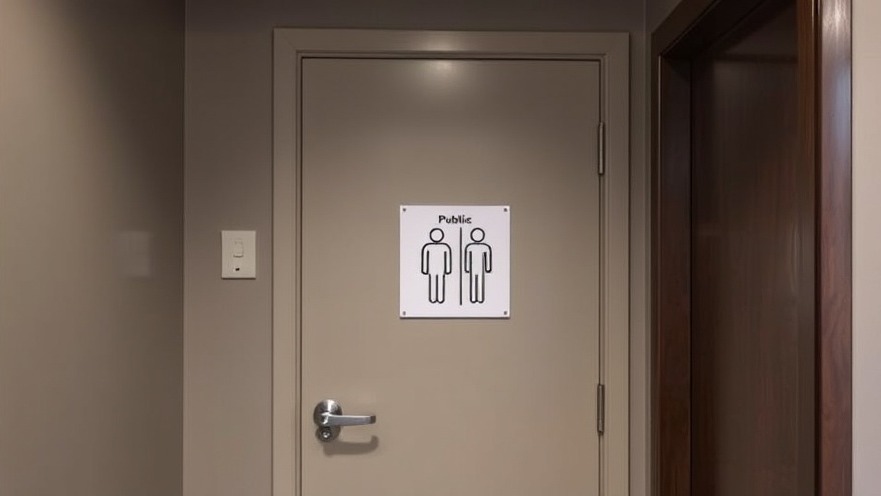
The Texas Redistricting Conflict: A Deep Dive into Current Events
The ongoing redistricting battle in Texas is set to reshape political landscapes across the Lone Star State, stirring a fierce legislative standoff. This intense fight between the Texas House Democrats and Republicans has implications that widen beyond mere map changes; they encapsulate the broader struggles over representation, power dynamics, and the voices of minority voters.
What’s at Stake with Redistricting?
More than 50 Texas House Democrats have fled the state, demonstrating their commitment to obstruct Republican attempts to redraw congressional district maps. These maps, according to officials, could allow the GOP to secure up to five additional Congressional seats in the upcoming 2026 midterms. Yet, the Democrats argue that the proposed configurations disenfranchise Black and Latino voters while also fracturing local communities.
A Redistricting Plan with a Political Agenda
The map proposed by Texas Republicans aims to favor their party's candidates. Major metro areas like Austin, Dallas, and Houston could see significant shifts that may pit sitting Democratic representatives against each other. For instance, U.S. Representatives Henry Cuellar and Vicente Gonzalez from South Texas could face more challenging electoral landscapes that the GOP claims might bring them closer in line with their objectives.
Governor Abbott's Directives: A Historical Perspective
Governor Greg Abbott’s call to redraw boundaries at the behest of the Trump administration is not just a political maneuver but also an unprecedented occurrence—shifting district lines during the decade, a practice that is rare but legally permissible. Abbott's stern warning to the absent Democrats reflects his willingness to use state power to ensure compliance, raising questions about the implications of such actions on democratic practices.
A Closer Look at the Proposed Changes
The drastic changes proposed not only threaten the balance of power in Texas but also outline a clear strategy that prioritizes Republican gains over fair representation. For example, in the Dallas-Fort Worth area, the district managed by U.S. Rep. Julie Johnson could be significantly altered to bolster Republican candidates' chances. This kind of strategic targeting can amplify the partisan divide, silencing the voices of those residing within the affected areas.
The Implications for Minority Representation
A critical concern here is the adverse effect on minority sections of the Texas population. The redistricting plan is accused of violating constitutional norms by diluting Black and Latino voting power. By breaking up districts that historically combine these communities, the GOP risks sidelining a substantial number of voters and diminishing their electoral influence.
Potential Consequences and Unforeseen Challenges
While Republicans express confidence about gaining seats, the consequences of this redistricting on community engagement and voter turnout are unpredictable. Will disenfranchised voters rally against perceived injustices, or will apathy set in among those who feel their votes no longer carry weight? These outcomes hold great importance for the future of Texas politics and the very framework of American democracy.
Conclusion: The Bigger Picture
The clash over congressional redistricting in Texas epitomizes a broader national narrative about electoral integrity, representation, and the need for vigilance among voters. As the conflict unfolds, the implications for how Texas manages its political identity will resonate far beyond state borders. As voters and citizens, staying informed and engaged with these developments is paramount to safeguarding democratic values.
As these events continue to unfold, it is crucial for residents to stay informed. Engage with local news outlets, attend town hall meetings, and participate in community discussions to advocate for equitable representation
 Add Element
Add Element  Add Row
Add Row 



Write A Comment